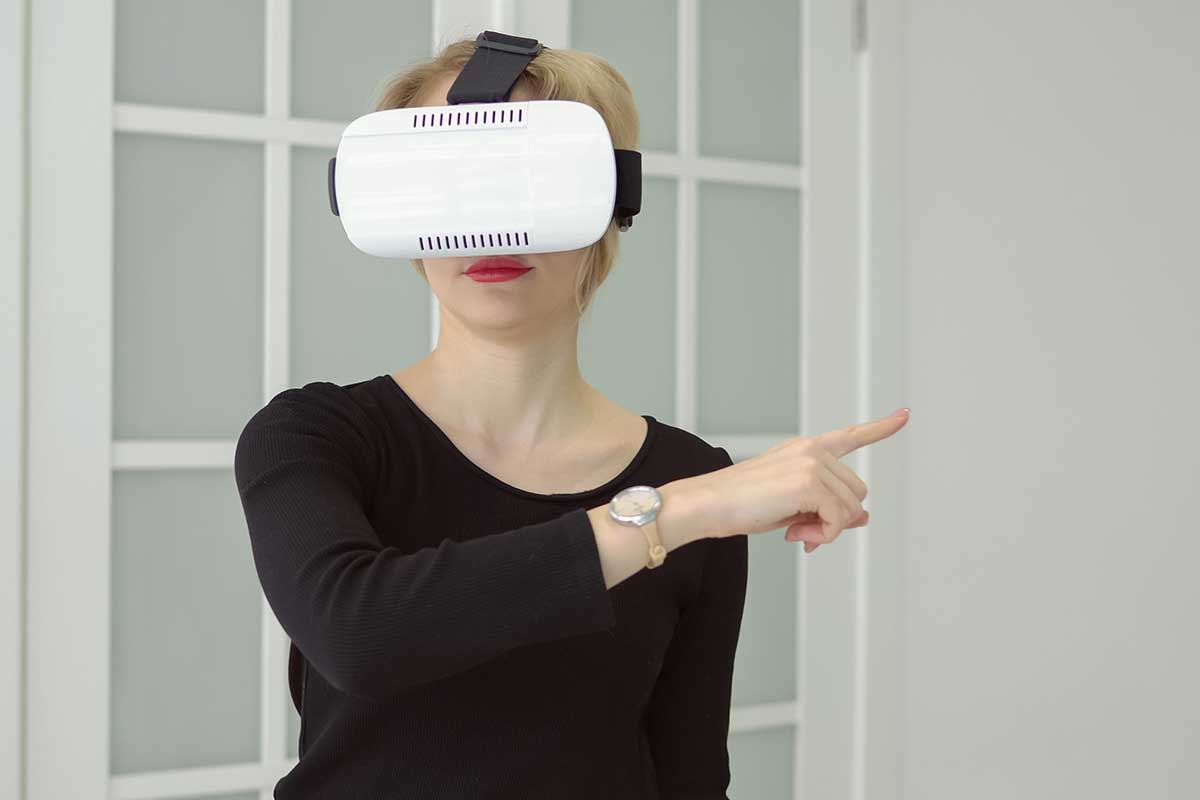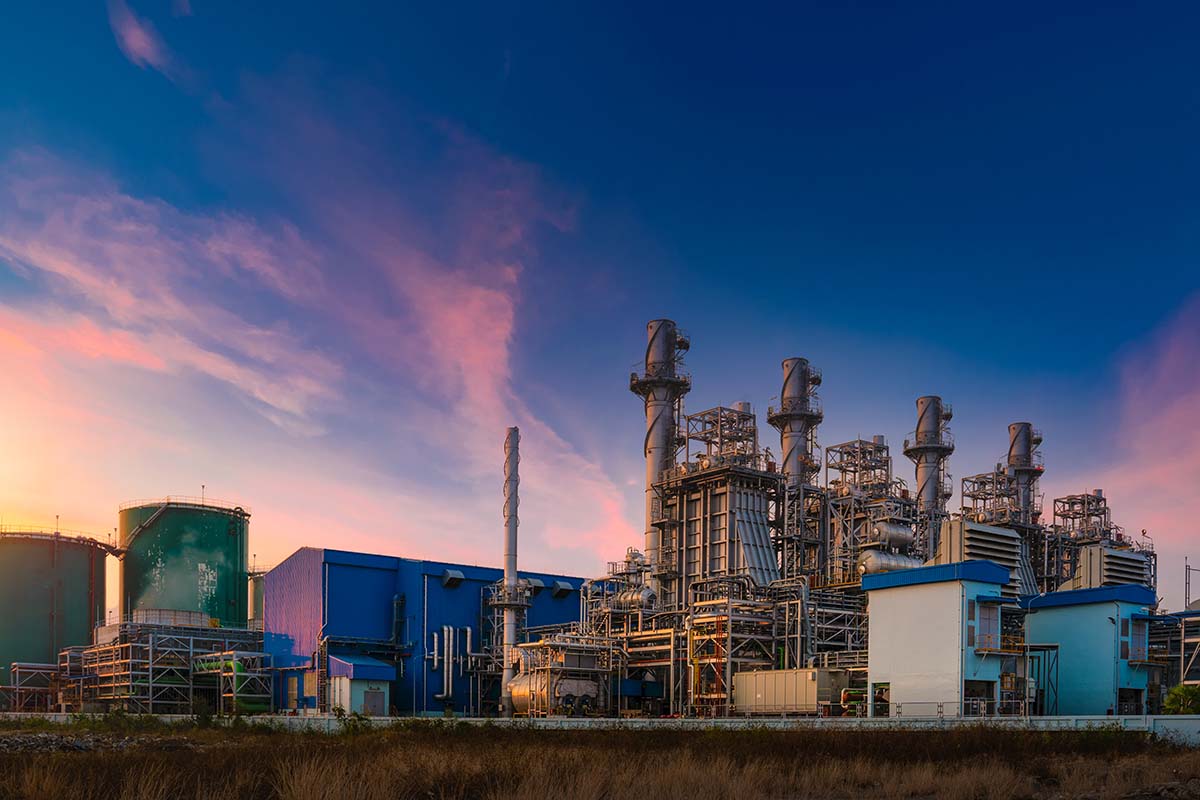Nuclear Power Plant Training Simulators: Hinkley Point C Nuclear Power Plant
EDF Energy’s Hinkley Point C (HPC) in Somerset has passed the final regulatory hurdles and is now ready to make a significant contribution to the UK’s transition to a low-carbon economy. Over its 60-year lifetime, the electricity produced by EPR nuclear reactors alone will offset nine million tonnes of carbon dioxide emissions each year,
HPC will be built on an artificial island, code-named “Island D” in the River Tees. EDF Energy has awarded the contract for HPC’s leading civil engineering works to a joint venture between European engineering and construction firms Bouygues Travaux Publics and Laing O’Rourke – named BILOR
The site will also feature the world’s most giant crane, nicknamed “Big Carl,” which measures 165m and can lift to 5,000 tonnes.
BYLOR carried out a study to examine whether or not an on-site crane simulator would aid in training construction personnel needed for such an operation. Thanks to the collaboration of ST Engineering Antycip and CM Labs Simulation Solutions, BYLOR decided to install an on-site crane simulator, which was realized.
Simulation & Construction
Crane operators now can improve their skills in extreme weather situations without having to go outside thanks to their new training simulator, which allows them to practice in severe weather without ever leaving the cab. Operatives, slinger signallers, and even interested parties like construction managers are put through realistic crane-related exercises and tested under high winds and
Simulation is the best platform for difficult, hazardous, or costly training. The leading simulator features five large screens and five powerful PCs, which are used to provide a highly immersive and realistic experience. Operators can track the hours spent on the equipment in real-time using the equipment’s official logbooks.
A saddle-jib tower crane, a luffing-jib tower crane, a crawler crane, a rough-terrain mobile crane, and an overhead traveling gantry Crane may all be trained on the system.
Nuclear power plant training simulators: Why is VR important in training?
Virtual Reality is one of the most effective tools for helping crane operators to learn their craft. This is because it allows them to practice in a safe and realistic environment, without having to put themselves at risk. VR also helps to improve safety on the construction site, as operators can learn how to operate cranes in difficult weather conditions. Thanks to virtual reality, crane operators can now train under any condition.
The result is that it helps to save time and money by helping operators become efficient and competent faster. By learning their craft in a safe environment, they will be able to avoid making costly mistakes on the construction site
Virtual Reality is also an effective tool for training recruits – it can greatly reduce the time which would normally be spent on hands-on experience outside of VR. This allows companies like BYLOR to provide more bespoke courses with advanced simulation equipment such as CM Labs’ Motion Pro II haptic device, which effectively simulates all aspects of crane operation. The result? A safer workforce that’s better trained than ever before thanks to virtual reality technologies!#



















